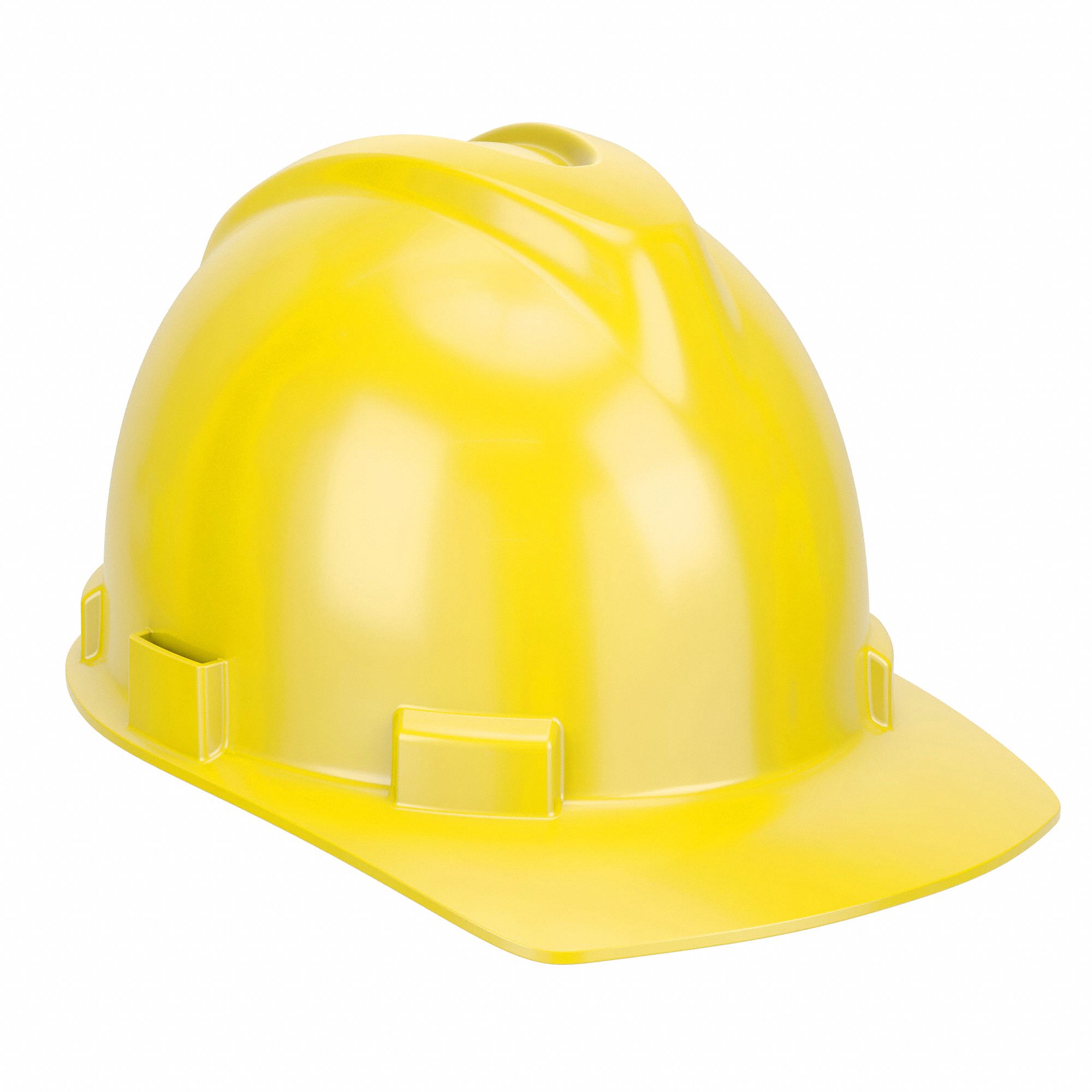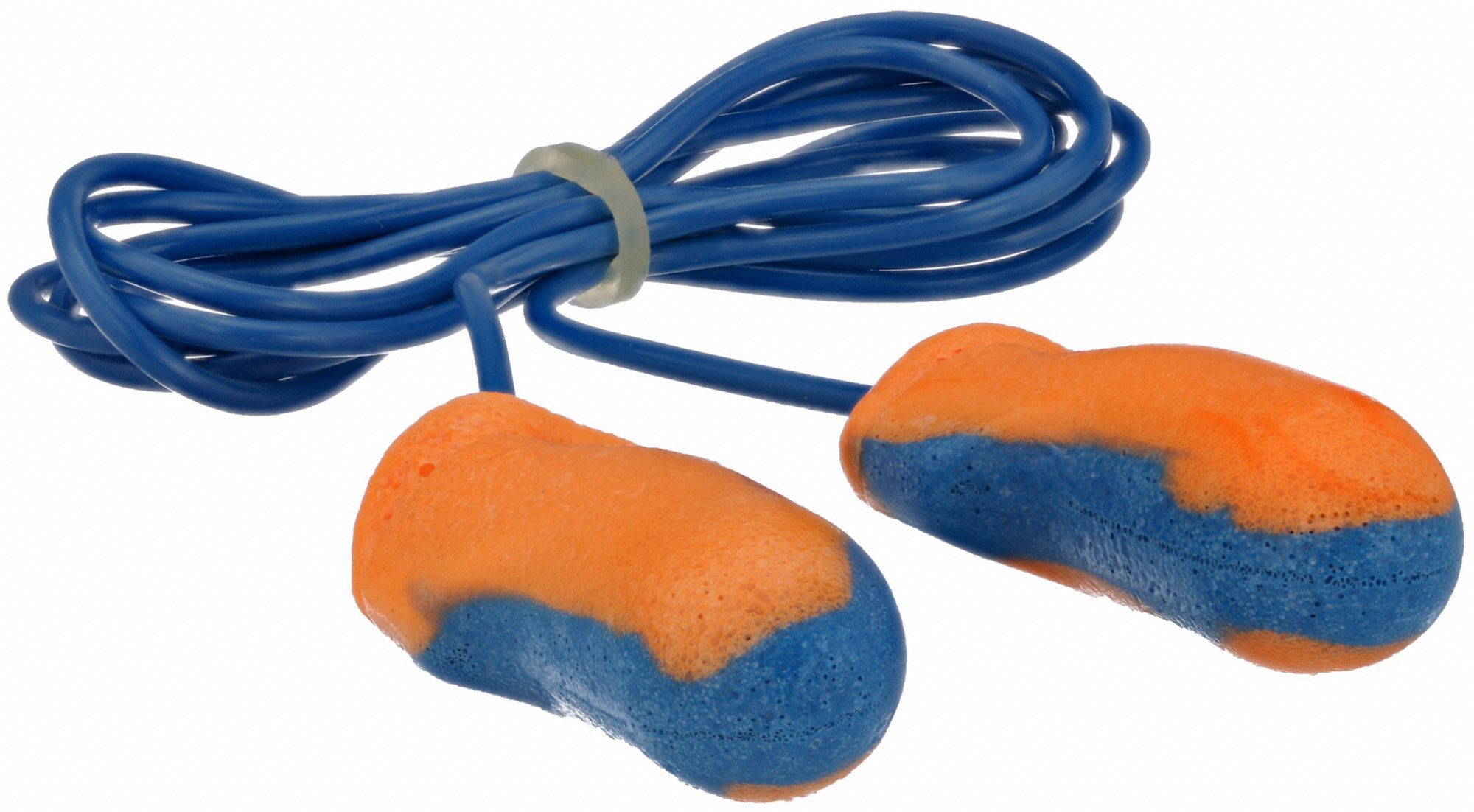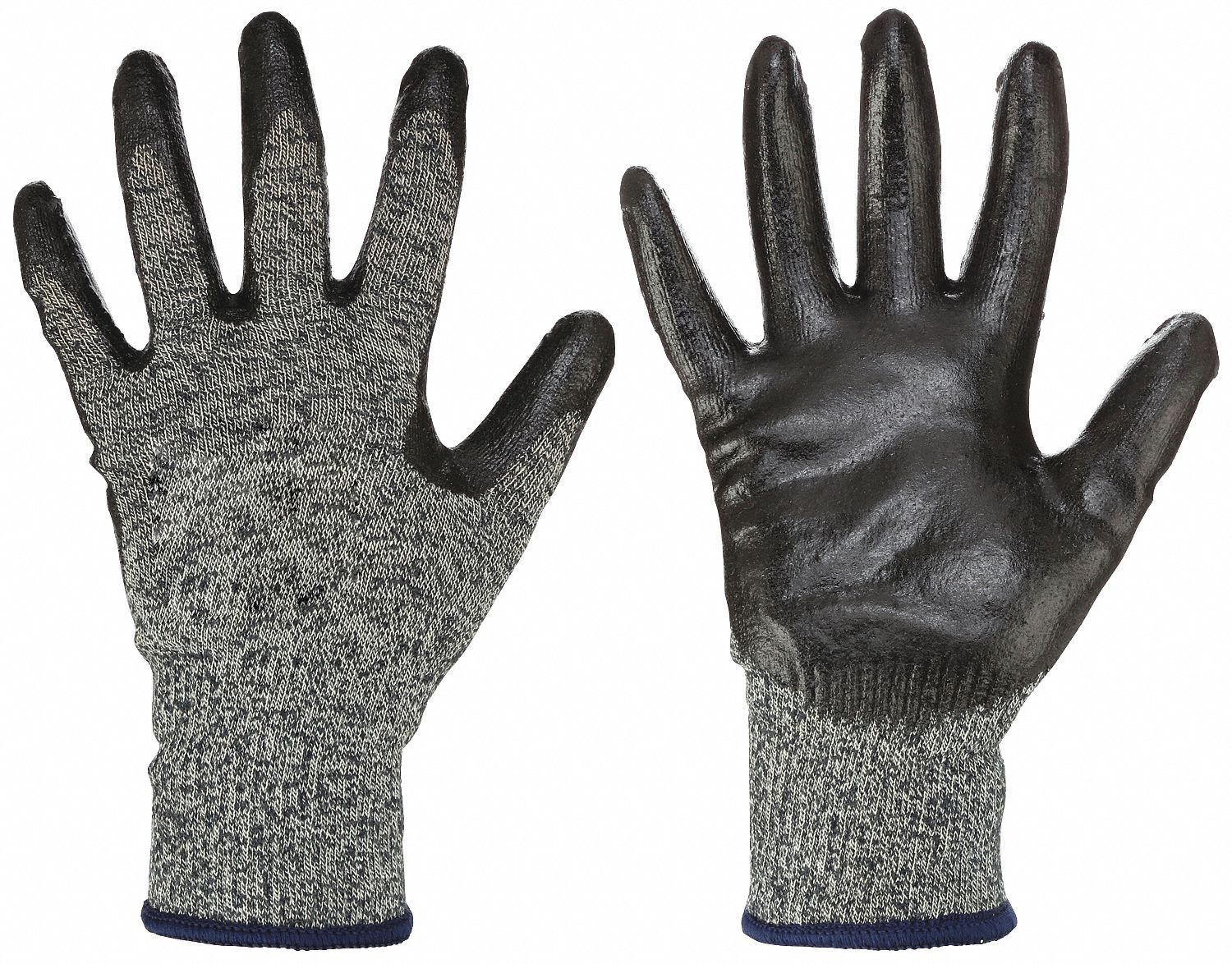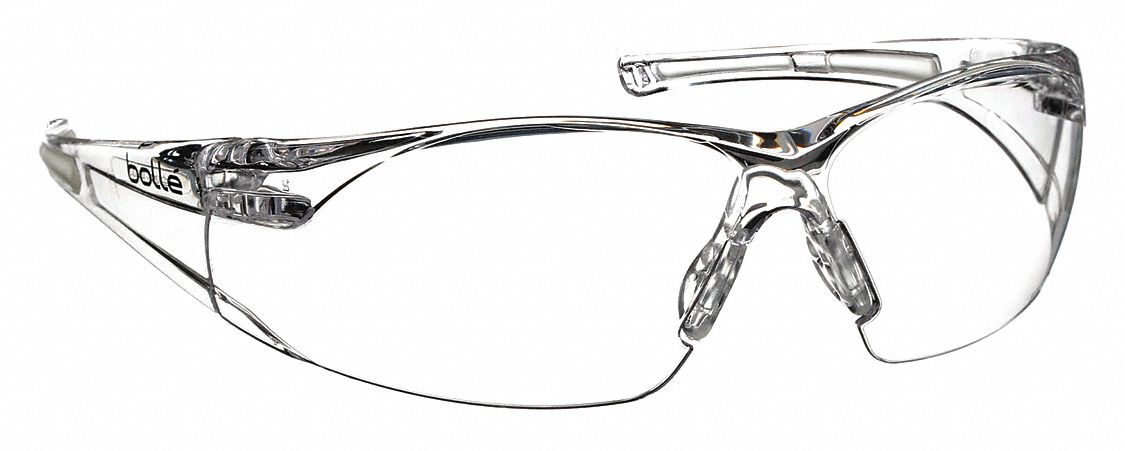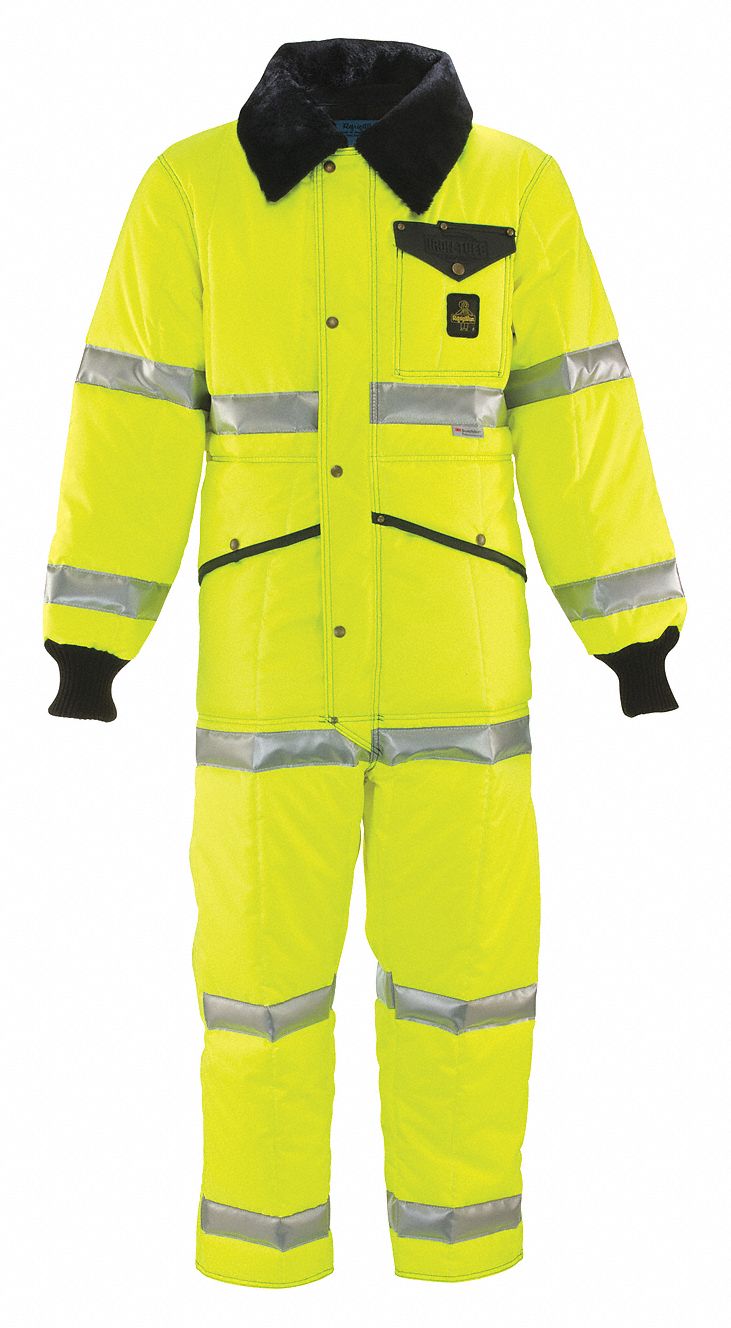

Safety Glasses & Face Shield Guide
By Grainger Editorial Staff 8/25/22


Among the injuries tracked by the U.S. Bureau of Labor Statistics, eye injuries caused fewer days away from work than injuries to all other body parts except for the neck. Proper use of safety glasses, safety goggles and face shields can go a long way toward limiting these types of injuries.
The American National Standards Institute (ANSI) approves standards for safety eyewear. The 2020 update, ANSI/ISEA Z87.1v-2020, establishes “criteria related to the general requirements, testing, permanent marking, selection, care, and use of protectors” to minimize eye injuries. The 2020 update addresses what ANSI calls “innovative product designs and performance capabilities” and also covers testing, performance and marking for anti-fog lenses.
The standard, developed by the International Safety Equipment Association’s Z87 Committee on Safety Eye and Face Protection, organized by the nature of each hazard: impact, heat, chemical, dust and optical radiation. This approach encourages users to evaluate the specific hazards they are exposed to and select appropriate protection based on that evaluation. Products are either standard minimum-impact or high-impact protectors. In addition to the manufacturer's monogram, Z87 marking and impact marking, manufacturers must add lens type (welding, ultraviolet [UV] filter, visible light filter, infrared [IR] filter, variable tint or special purpose) and use protection against splash/droplet, dust and fine dust markings when claims of impact rating, specific lens type and/or use are made.
The infographic below will help you understand the functionality of task-specific lenses and determine what color or tint may be best for your application and environment when it comes to workplace safety. A good rule of thumb is to choose a lens based on color opposites. For example, blue is the opposite of yellow and red is the opposite of green. So, red lenses absorb green light and yellow lenses absorb blue UV light and vice versa.


The information contained in this article is intended for general information purposes only and is based on information available as of the initial date of publication. No representation is made that the information or references are complete or remain current. This article is not a substitute for review of current applicable government regulations, industry standards, or other standards specific to your business and/or activities and should not be construed as legal advice or opinion. Readers with specific questions should refer to the applicable standards or consult with an attorney.

